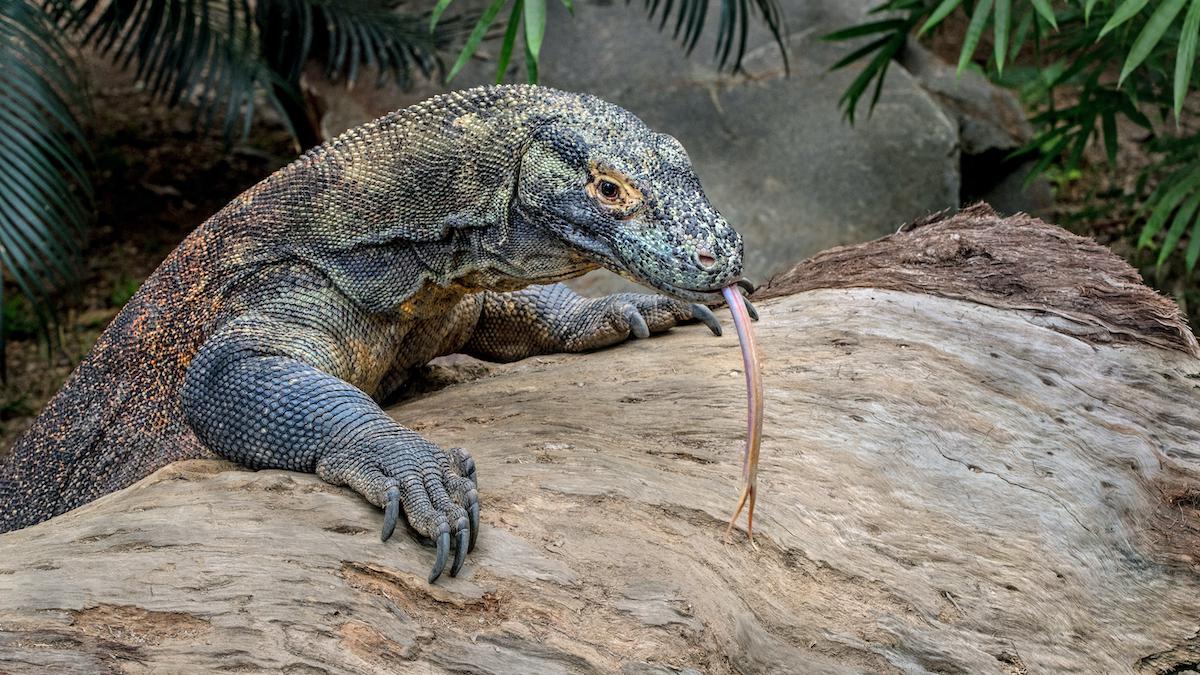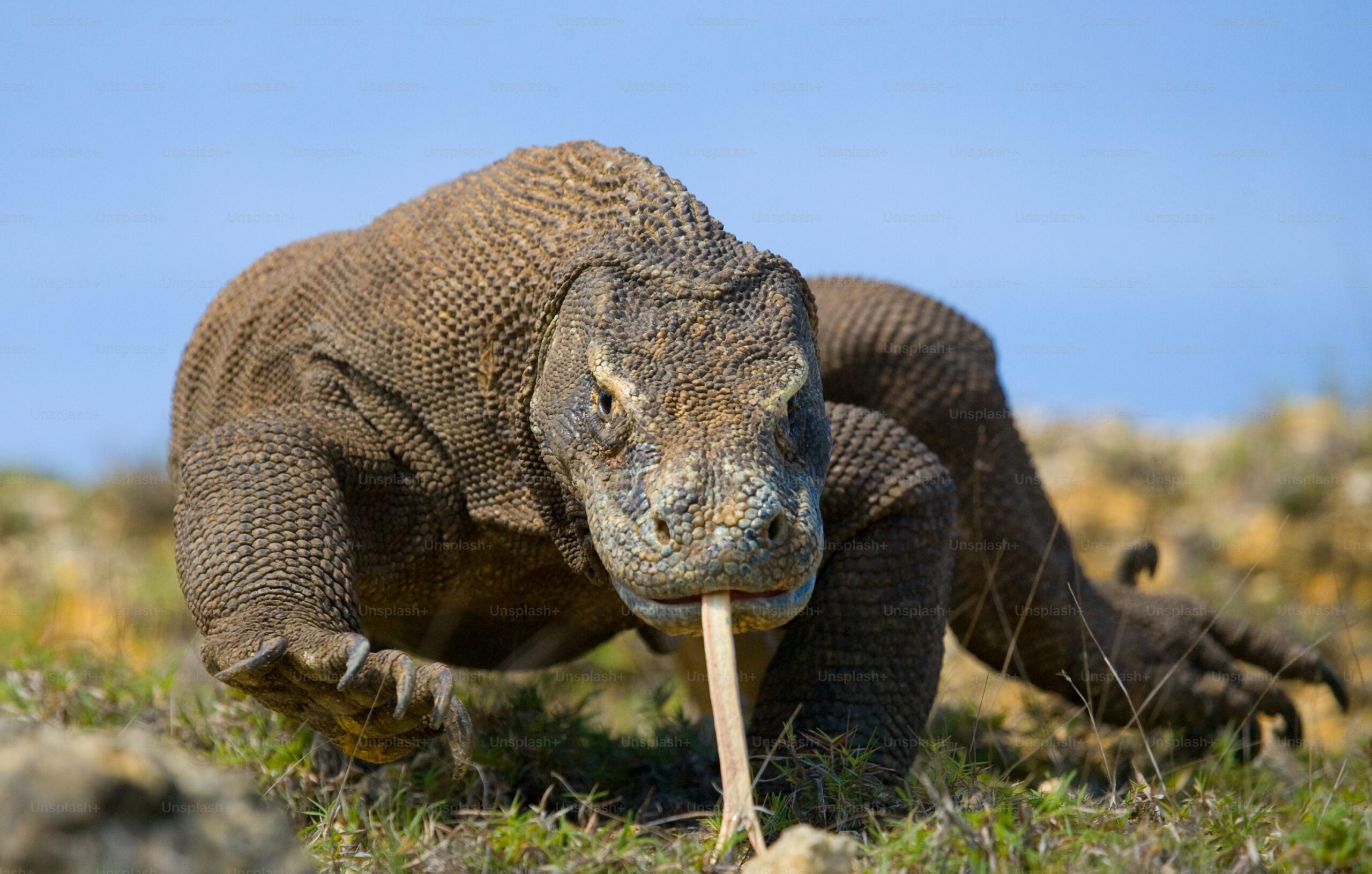Komodo dragons, the largest lizards on Earth, are fascinating creatures that have adapted remarkably to their unique environment. Found primarily on the Indonesian islands of Komodo, Rinca, Flores, and Gili Motang, these formidable predators have evolved over millions of years to thrive in their harsh surroundings. From their impressive size and strength to their specialized hunting techniques and remarkable senses, Komodo dragons exemplify the incredible ways in which animals can adapt to their environment.
The Habitat of Komodo Dragons
Komodo dragons inhabit a range of environments, including savannas, forests, and mangrove swamps. These reptiles prefer hot and dry climates, making the arid landscapes of the Indonesian islands ideal for their survival. With limited sources of freshwater available, Komodo dragons have adapted to obtain moisture from the prey they consume, reducing their dependence on external water sources.

Physical Adaptations
One of the most striking features of Komodo dragons is their size. These reptiles can grow up to 10 feet in length and weigh as much as 200 pounds, making them formidable apex predators in their ecosystem. Their large size allows them to overpower prey much larger than themselves, including deer and water buffalo. Additionally, Komodo dragons have sharp serrated teeth and powerful jaws that can deliver a lethal bite to their victims.

Behavioral Adaptations
Komodo dragons are solitary animals, except during the mating season. They are highly territorial and will fiercely defend their hunting grounds from intruders. To conserve energy, Komodo dragons are ambush predators, lying in wait for unsuspecting prey to pass by before launching a swift and deadly attack. Their keen sense of smell helps them locate carrion from miles away, allowing them to scavenge for food when hunting is scarce.

Reproductive Adaptations
Female Komodo dragons reproduce through parthenogenesis, a process in which they can lay viable eggs without mating with a male. This unique adaptation enables female Komodos to reproduce even in the absence of males, ensuring the survival of the species in isolated environments. The eggs are buried in nests dug by the females, where they are incubated for several months before hatching.

Conclusion
In conclusion, Komodo dragons are a testament to the incredible adaptability of animals to their environment. Through a combination of physical, behavioral, and reproductive adaptations, these majestic lizards have thrived in the challenging landscapes of the Indonesian islands for millions of years. By studying and understanding how Komodo dragons have evolved to survive and thrive, we gain valuable insights into the complex interplay between animals and their habitats.



